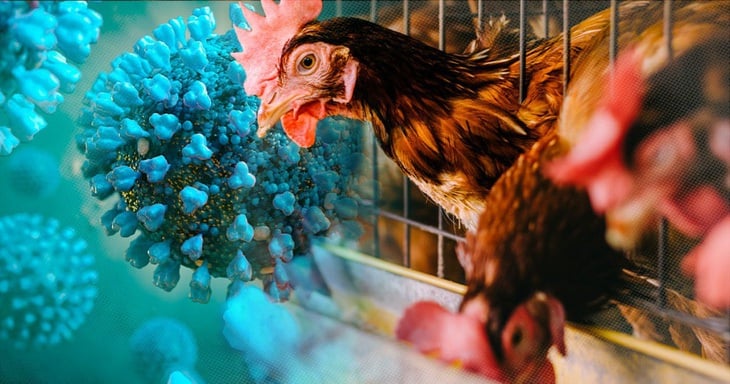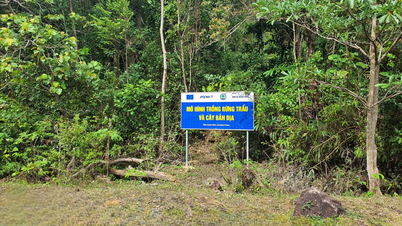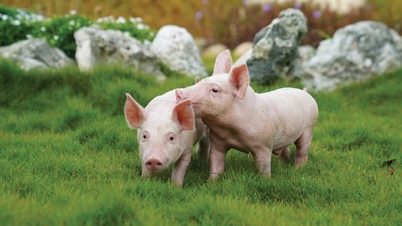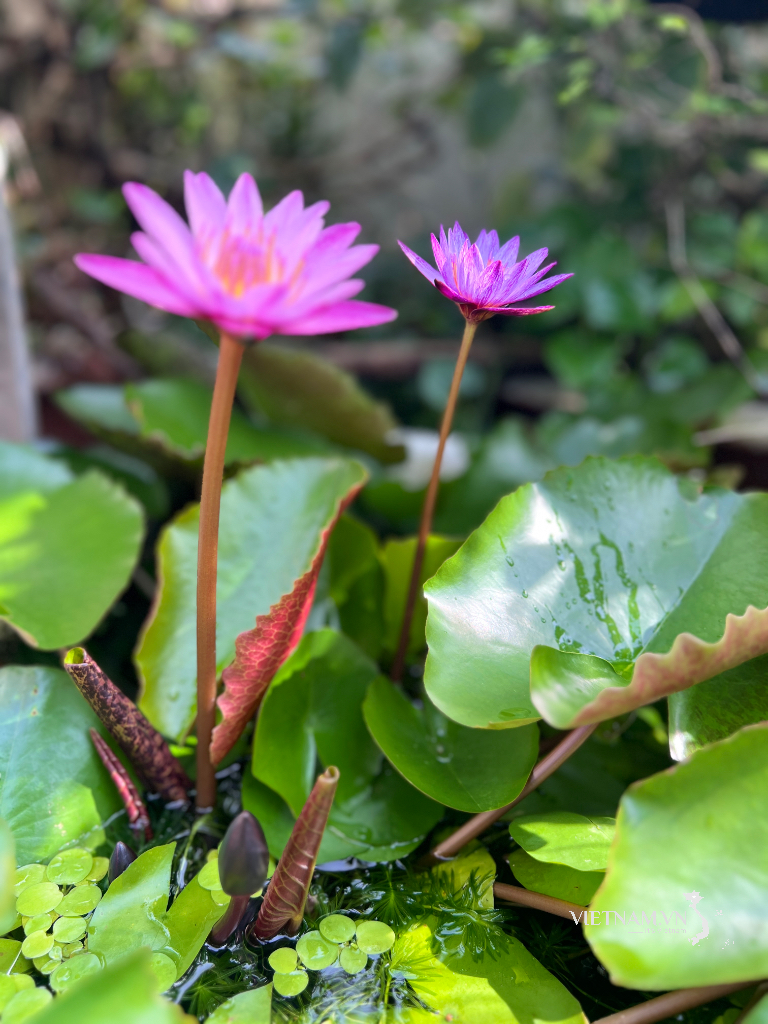
A group of experts warned that avian influenza A/H9N2 could cause more harm to humans in the future - Photo: TT
According to Nature magazine on October 28, the A/H9N2 bird flu strain is adapting better to human cells, potentially posing a risk of breaking out into a pandemic.
Nature asserts that this strain of bird flu, which is considered "minor" because it mainly causes mild disease in birds, is not receiving adequate attention, despite being the second most common strain of bird flu to infect humans.
Kelvin To, a clinical microbiologist at the University of Hong Kong, said the strain has been linked to 173 human infections since 1998, mostly in China.
His team presented this research at the International Conference of the Pandemic Research Alliance in Melbourne (Australia) on October 27.
Expert Michelle Wille from the Peter Doherty Institute (Melbourne, Australia) said the actual number could be even higher.
She explained that this was because human cases of H9N2 infection often did not show severe symptoms or require hospitalization, while testing was currently focused on H5N1.
Mr. To's team's findings indicate that H9N2 has undergone genetic changes since around 2015, making the virus more able to invade human cells.
Comparative experiments showed that the H9N2 sample taken in 2024 was significantly more capable of infecting human cells than the 1999 sample.
The new version of the virus also sticks better to human cell receptors, a sign that the virus is adapting to be able to spread from person to person.
Still, Ms. Wille noted that the virus still needs to change a lot to reach a level of sustained transmission in the community.
Specifically, the virus must preferentially attach to human receptors (instead of bird receptors) and must adapt to the temperature and pH environment typical of the human body, which is very different from that of birds.
Experts are calling for increased surveillance and communication about the risks of avian influenza. Ms. Wille pointed out that one difficulty is that countries currently do not have mandatory reporting regulations for low-pathogenic strains like H9N2, which limits monitoring.
According to Mr. To, one of the important tasks now is to monitor the virus in mammals living near wild birds or poultry. This helps determine whether H9N2 has adapted to any mammalian hosts other than humans.
Mr. To warned of the risk of "mixing" genetic material when an animal is co-infected with multiple viruses, thereby creating a new virus capable of infecting humans.
In fact, experts have previously detected H9N2 genetic material in some viruses that cause bird flu outbreaks in humans. This discovery raises concerns about the possibility of genetic recombination between strains.
Source: https://tuoitre.vn/chuyen-gia-canh-bao-chung-cum-h9n2-dang-thich-nghi-voi-co-the-nguoi-20251029071344319.htm



![[Photo] Hue: Inside the kitchen that donates thousands of meals a day to people in flooded areas](https://vphoto.vietnam.vn/thumb/1200x675/vietnam/resource/IMAGE/2025/10/29/1761738508516_bepcomhue-jpg.webp)

![[Photo] Human love in the flood in Hue](https://vphoto.vietnam.vn/thumb/1200x675/vietnam/resource/IMAGE/2025/10/29/1761740905727_4125427122470875256-2-jpg.webp)
![[Photo] Prime Minister Pham Minh Chinh chaired a meeting to evaluate the operation of the two-level local government model.](https://vphoto.vietnam.vn/thumb/1200x675/vietnam/resource/IMAGE/2025/10/29/1761751710674_dsc-7999-jpg.webp)







































































![[Live] Concert Ha Long 2025: "Heritage Spirit - Brightening the Future"](https://vphoto.vietnam.vn/thumb/402x226/vietnam/resource/IMAGE/2025/10/29/1761743605124_g-anh-sang-am-thanh-hoanh-trang-cua-chuong-trinh-mang-den-trai-nghiem-dang-nho-cho-du-khach-22450328-17617424836781829598445-93-0-733-1024-crop-1761742492749383512980.jpeg)





























Comment (0)